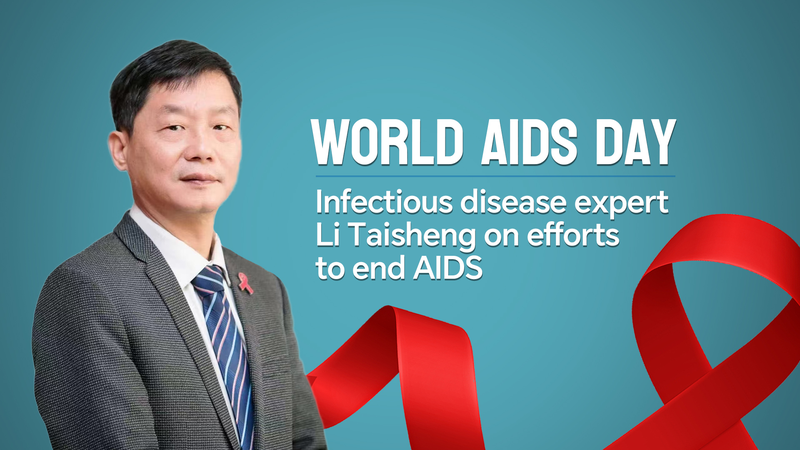Italy is facing a severe fertility crisis with a 2.6% drop in newborns last year—the sixteenth straight year of decline since its unification in 1861.
While experts have pointed fingers at economic woes, brain drain, and stagnant growth, a recent study in Salerno might be uncovering another culprit: microplastics. At a local fertility clinic, out of 18 women seeking assisted reproductive treatment, researchers found microplastics in the ovarian follicular fluid of 14 women. This fluid, which helps mature and nurture eggs, is critical for reproductive health.
Lead researcher Luigi Montano described the findings as "very alarming," highlighting microplastics as an "important warning signal" of emerging contaminants. These tiny particles often carry harmful compounds like PFAS, bisphenol, and phthalates—chemicals linked to cancer and hormone disruption. There’s even speculation that microplastics may contribute to declining sperm counts.
The issue, though centered in Italy, strikes a global chord. A World Health Organization report estimates that 17.5% of couples worldwide face infertility. For our tech-savvy, socially conscious friends in South and Southeast Asia, this study is a wake-up call about invisible pollutants affecting our health and future 🌍💡.
Ongoing research, including insights from Xiaozhong Yu at the University of New Mexico, is crucial as scientists work to quantify these risks. In our fast-paced, interconnected world, understanding and addressing these environmental threats is key to ensuring a healthier tomorrow.
Reference(s):
cgtn.com




